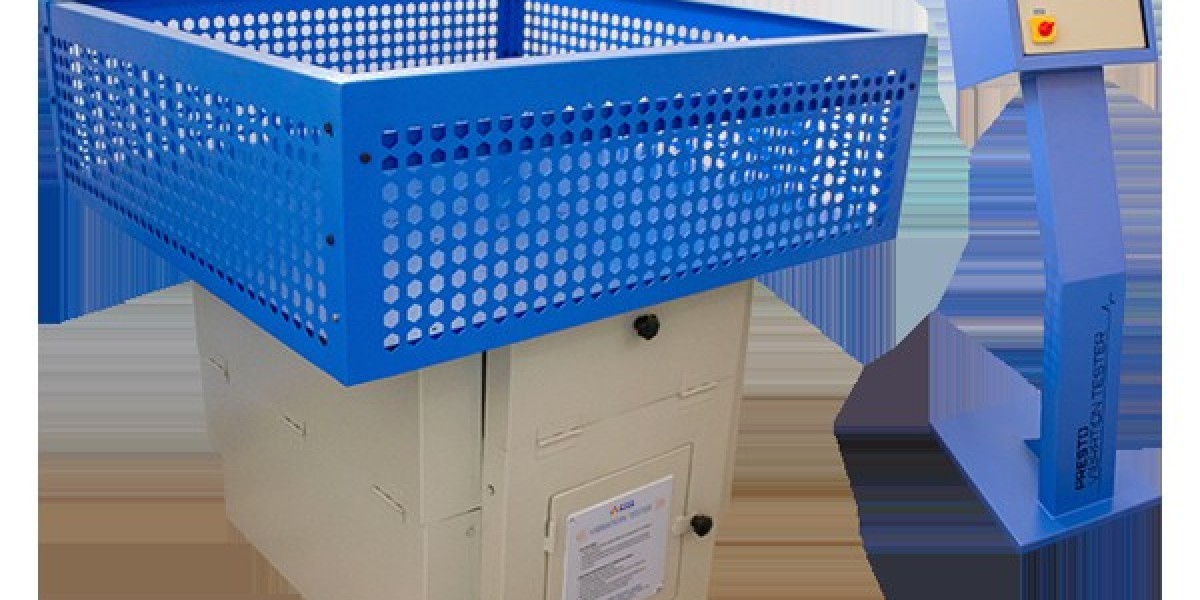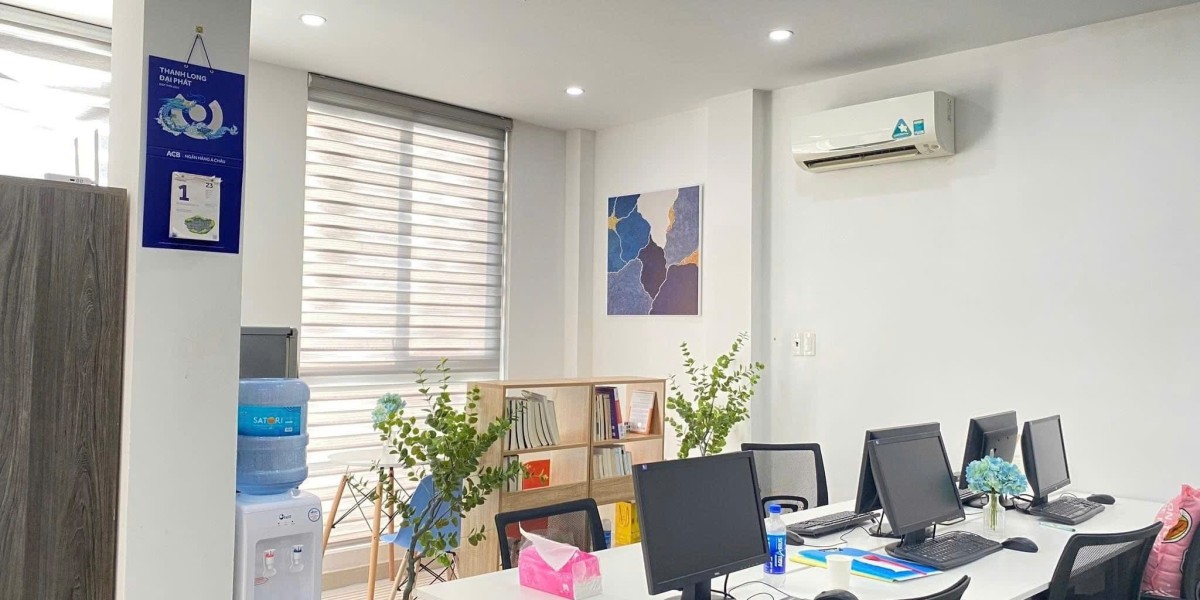In the world of manufacturing, logistics, and consumer goods, ensuring that products arrive in perfect condition is of paramount importance. One critical factor that can affect the integrity of a product during shipping and storage is vibration. Products, especially those in delicate packaging, are often exposed to vibrations during transit—whether through road, air, or sea transportation. This can lead to product damage, packaging failure, or even contamination. To mitigate these risks, vibration testing is employed to assess how products and their packaging will endure these conditions. Vibration testing simulates the mechanical stresses products face during real-world transportation, ensuring that packaging materials can withstand these challenges without compromising product quality.
One of the key tools in vibration testing is the vibration table, which subjects packaging to controlled vibrations mimicking those encountered in shipping. By integrating vibration testing with other quality control tests such as top load testers, torque testers, heat seal testers, and vacuum leak testers, manufacturers can better ensure their packaging and products meet safety, durability, and performance standards.
The Role of Vibration Testing in Packaging
Vibration testing is essential for understanding how packaging materials and products behave when subjected to the mechanical forces of transportation. A vibration table allows for controlled, repetitive movement that mimics the vibrations caused by the movement of cargo during transport. The goal is to identify weak points in the packaging or product design that could fail under these conditions. This testing is especially critical for fragile products, electronics, or food and pharmaceutical goods, where even slight damage or contamination can lead to product loss or customer dissatisfaction.
Vibration testing helps to simulate the effects of continuous shocks, vibrations, and movements encountered throughout the entire shipping process. The results give manufacturers valuable insights into whether their packaging can withstand these forces without breaking, cracking, or becoming unstable.
Ensuring Durability with Top Load Testers
While vibration testing identifies issues related to movement and shocks, a top load tester is crucial for evaluating the ability of packaging to handle vertical pressure, which often occurs when boxes or containers are stacked during shipping. Top load testing measures how much weight a package can bear before collapsing. In conjunction with vibration testing, it ensures that a product will remain intact both under compressive stress and while subjected to dynamic, vibrating movements.
For example, in the packaging of delicate electronic devices or glassware, the top load tester ensures that, even if other boxes or items are stacked on top, the product inside the box won’t be crushed or damaged. Combining top load and vibration testing provides a comprehensive understanding of how a package will perform under different physical stresses.
The Importance of Torque Testers in Packaging Assembly
Packaging is not just about the materials used but also about how components are assembled. Torque testers measure the tightness of seals, caps, or lids, which is essential for ensuring that products are securely packaged and sealed. For example, in the food and pharmaceutical industries, products must be tightly sealed to maintain freshness, sterility, and prevent contamination. If caps are improperly tightened or lids are not secure, vibrations during transport can cause them to loosen, leading to leakage, contamination, or product spoilage.
By using a torque tester alongside vibration testing, manufacturers can ensure that their packaging materials are not only strong enough to endure vibration but that they are also properly sealed. Whether for glass bottles, plastic containers, or tubes, ensuring the proper torque is critical for maintaining the integrity of the seal and preventing failure during transport.
Heat Seal Testers: Ensuring Packaging Seal Integrity
Packaging materials such as plastic pouches, bags, and other heat-sealed containers are commonly used in the food and medical industries. A heat seal tester measures the strength and reliability of heat seals, which are critical for maintaining product freshness, preventing contamination, and ensuring shelf life. Heat-sealed packaging is often exposed to mechanical stresses during shipping, and it’s essential to verify that the seals will hold up under these conditions.
When combined with vibration testing, a heat seal tester provides insight into whether the seals will remain intact when exposed to the constant vibrations and shocks that occur during transport. If a heat seal isn’t strong enough, vibration could cause it to fail, compromising the packaging and allowing moisture or air to enter. This could lead to the spoilage of food, degradation of pharmaceuticals, or the exposure of sensitive electronics to dust or moisture.
Vacuum Leak Testers: Preventing Contamination and Ensuring Safety
Vacuum leak testers are crucial for detecting leaks in packaging materials. In industries such as food, pharmaceuticals, and electronics, packaging integrity is critical to preventing contamination, spoilage, or product degradation. Vacuum leak testers measure the air-tightness of packaging, ensuring that no external elements can enter the package. Vibration testing, when used alongside vacuum leak testing, helps manufacturers determine whether packaging that is sealed under a vacuum can withstand the vibrations and movements of transport without compromising the seal.
For example, in the food industry, where shelf life and product freshness are essential, a vacuum leak tester ensures that vacuum-sealed bags or pouches remain airtight even when subjected to vibration and movement. If the vacuum seal fails due to vibration or inadequate material strength, air could enter the package, leading to the spoilage of food products.
Conclusion: Comprehensive Quality Control with Integrated Testing
Vibration testing is a critical component of the overall quality control process for packaging materials. By using tools like vibration tables in conjunction with top load testers, torque testers, heat seal testers, and vacuum leak testers, manufacturers can ensure that their packaging is not only durable and secure but also capable of protecting the products inside under the harsh conditions of transportation.
While vibration testing evaluates the product’s ability to withstand mechanical stresses, other tests like top load testing ensure structural integrity under compression, torque testing ensures the proper tightness of closures, heat seal testing guarantees the reliability of seals, and vacuum leak testing ensures airtight packaging. Together, these tests provide a comprehensive analysis of packaging performance, helping manufacturers deliver safe, durable, and high-quality products to consumers, regardless of the challenges posed during transit.
Email :- [email protected]
Call Now: +919210903903








